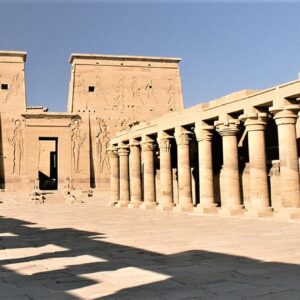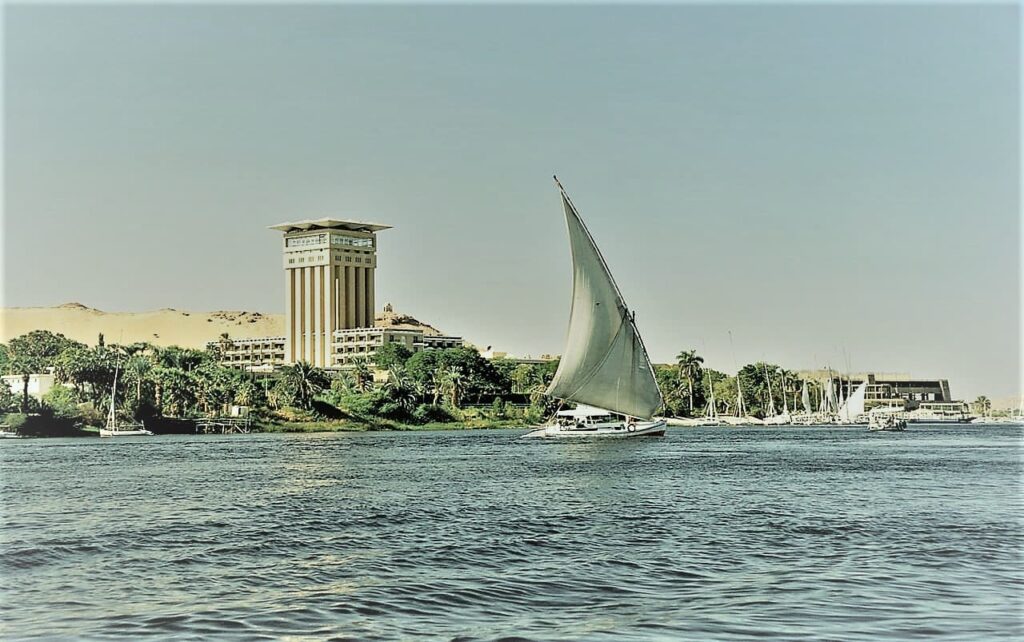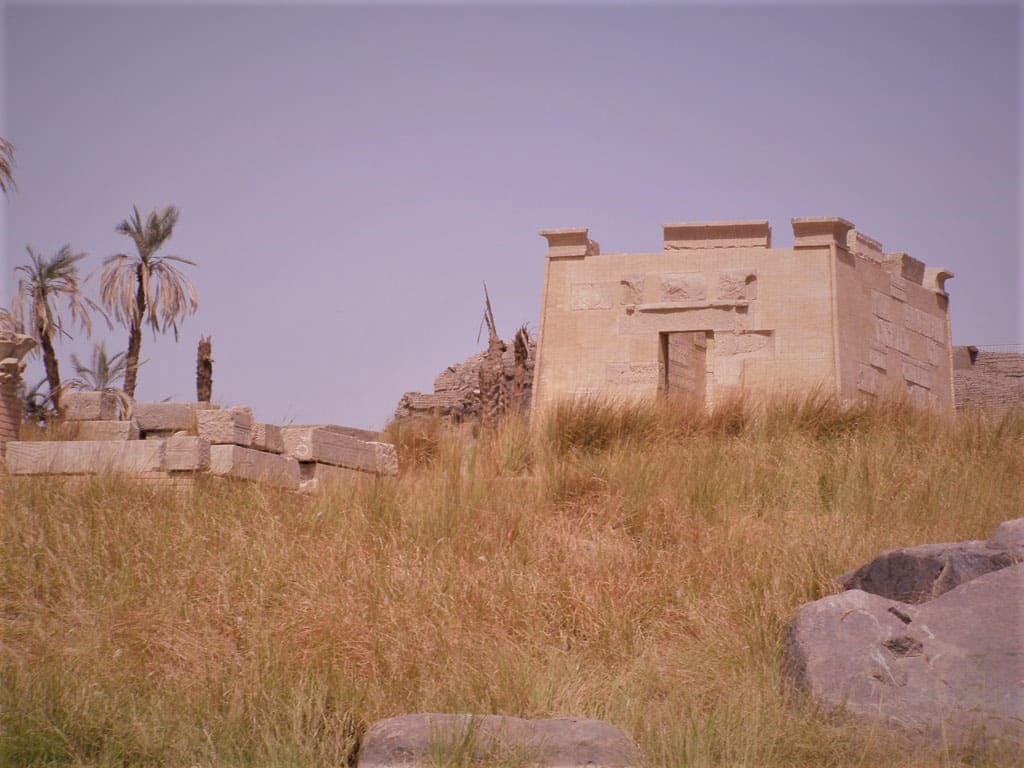
About
Elephantine Island, one of the Nile Islands in Egypt, is located in the city of Aswan and has an area of about 1,500 meters long and 500 meters wide. Most residents are Nubians. There is the Mövenpick Hotel, agricultural land consisting mainly of palm trees, the Aswan Museum and remains of stone temples from different eras.T
population
The island has a population of 5,800, the vast majority of whom are Nubians (treasures) living in two villages in the center of the island, namely “Sio” and “Koti”. Most of them work in crafts, agriculture and tourism as they still keep the Nubian character in the sandy streets and colorful houses
Why Is It Named ?
The island was known in ancient Egyptian texts as «Abu», meaning (the elephant), as this island was an important port for receiving African ivory made from elephant tusks. Then it was transformed in the Greek language into the word «Elephantine» (elephas-ελέφας), meaning (ivory tooth of the elephant), which the island bears today. The island was a hub on the trade routes to southern Egypt, as well as the headquarters for all government, military, and commercial missions going south or returning home. Some also attribute the name to the island’s topography, which is shaped like a ram’s horn or an elephant’s tusk.
Island Temples
That the oldest construction work on the island took place at the end of Prehistory and lasted until the beginning of the Islamic era, which means that it encompasses the history of ancient Egypt in all eras up to the Greco-Roman period. Sat is the deity of the region, specifically the deity of the floods. The various ruling families built their temples. The first temple dates from the First and Second Dynasties, i.e. around 2800 BC. C., and the second temple dates from the beginning of the sixth dynasty. , me.
around 2250 BC C., and the third was built by Senusret the First in 1950 a. C., and the fourth and last was built by Queen Hatshepsut in 1480 AD. C. There is also the temple of the god «Khnum».» the stones of which were plundered in earlier times, leaving only the pillars of the main entrance, and nearby is a ram’s graveyard for the god himself, and there are also stalls commemorating the rulers of Elephantine, the most important of them (Haqqa Ib), and additions continue throughout the modern state, and Elephantine continues to play its role during the late Egyptian era, when the kings of the 26 of the Nile appears in Greek and Arabic and was in use until recently, and after them the Ptolemy kings and some Roman emperors whose names were engraved on the temple walls.
On the door of one of the southern halls of the temple are inscriptions depicting Alexander II in the form of an Egyptian king while offering sacrifices to the various gods, and his name is written in hieroglyphs, with the formula «Step-En -Re-Mari-Amun” (the one chosen by Ra and loved by him). Amon
You Can View Our Aswan Tours Now
Museum
The Elephantine Island Museum (Aswan Museum) is located in the southeastern part of Elephantine Island. The museum building was constructed in 1898 as the headquarters of the chief engineer of the Aswan Dam, Sir William Wilcox. The founding history of the museum dates back to 1917 and includes the antiquities from the Nubia region found before the construction of the Aswan Dam and those found after it, excavated by foreign excavation missions. It includes antiquities from predynastic times. Era. It also contains some statues of kings and individuals, some mummies of rams, the symbol of the god Khnum, various types of ceramics,architectural and decorative elements, several coffins and tools of daily life of the ancient Egyptians and some tomb paintings.
-
 Tour de un día por la Alta Presa de Asuán, Obelisco Inacabado y Templo de Philae0.00 € – 75.00 €
Tour de un día por la Alta Presa de Asuán, Obelisco Inacabado y Templo de Philae0.00 € – 75.00 € -
 Crucero por el lago Nasser: 4 días desde Asuán395.00 € – 795.00 €
Crucero por el lago Nasser: 4 días desde Asuán395.00 € – 795.00 € -
 Crucero por el Nilo de Asuán a Luxor ( 3 noches sin Abu Simbel )195.00 € – 499.00 €
Crucero por el Nilo de Asuán a Luxor ( 3 noches sin Abu Simbel )195.00 € – 499.00 €






